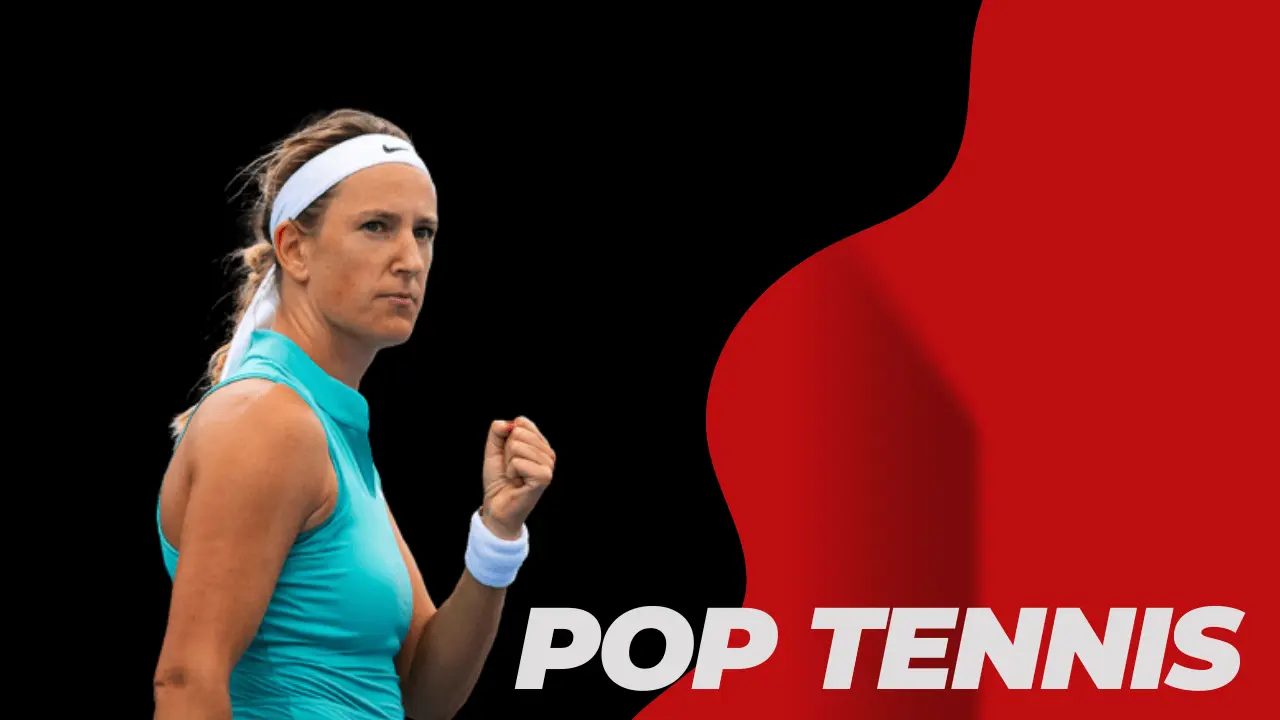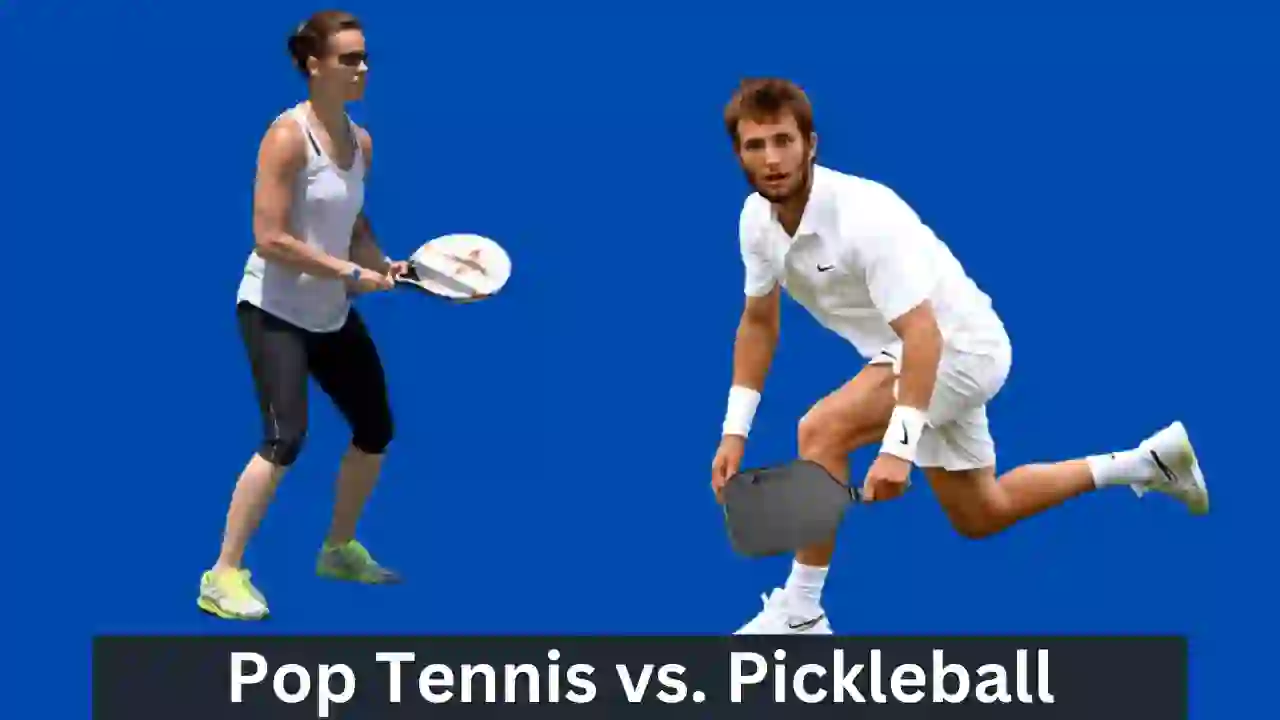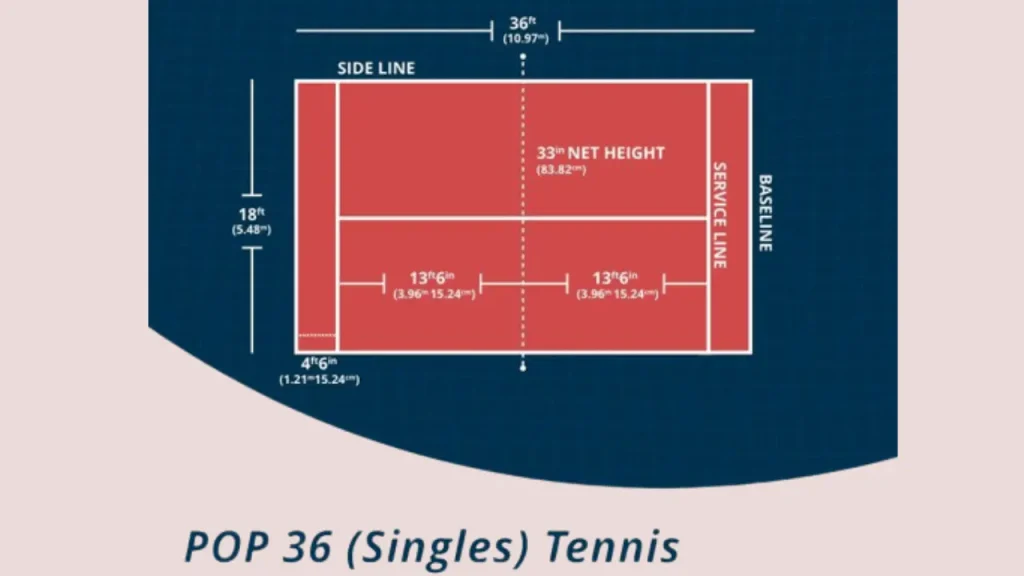Pop Tennis vs. Pickleball: A Complete Breakdown of 2024

In the colorful world of racquet and paddle games, it’s easy to blur the lines between them. Amid the jumble of enjoyable and sociable pastimes, significant disparities emerge. If you’ve ever pondered the distinction between pop tennis vs. pickleball, you’re certainly not alone in your curiosity. Despite their occasional mix-up, these two sports possess distinctions that overshadow their likenesses.
Whether you’re a pickleball maestro, eager to uncover the intricacies of pop tennis vs. pickleball, or a pop tennis aficionado intrigued by the sport’s whimsical name, we’re here to unravel the delightful tapestry of pop tennis vs. pickleball and shed light on what sets them distinctly apart!
Pop Tennis Popularity
Pop Tennis, formerly known as Paddle Tennis, has a history dating back to 1898 when it emerged as an outdoor game primarily designed for children. However, it wasn’t until 1959 when Murray Geller made significant revisions to the format and rules that Paddle Tennis evolved into a standardized game suitable for players of all age groups. This signaled the commencement of the sport’s popularity. Paddle Tennis, or POP Tennis, provides the flexibility of both singles and doubles formats, with the winner decided by the best of three sets.

The scoring system in POP Tennis is akin to tennis, with the only difference being that players are allowed only one underhand serve.
What makes POP Tennis appealing is its simplicity and minimal gear requirement, similar to tennis. It has garnered significant popularity in regions like the Southeast and the West Coast, and thanks to support from the USTA (United States Tennis Association), it is gradually gaining recognition and enthusiasts across the entire USA.
To enhance the sport’s marketing appeal, promoters decided to rebrand it as POP Tennis, a name that corresponds to the distinctive sound of the ball striking the paddle. This renaming and name updation is a try to make the sport more easy, accessible and charming to a wider audience.
What Is Pop Tennis?
Pop Tennis, a Tennis variation tailored for all ages offers an excellent sporting experience suitable for individuals of all ages. Unlike regular tennis, this game is played within the inner court of a traditional tennis court, resulting in a more compact playing area.
Although the dimensions of the traditional tennis net remain unchanged, pop tennis introduces smaller and solid paddles in contrast to conventional tennis racquets. While pop tennis balls may appear similar to regular tennis balls, they differ by having 25% less compression. This unique feature makes pop tennis accessible and enjoyable for individuals of varying skill levels, contributing to its growing popularity.
Pop Tennis vs. Pickleball-Paddles
In POP Tennis, the standard paddle length is 18 inches. These paddles are typically constructed with a variety of face materials and feature solid EVA cores, without any strings. The presence of holes in the paddle design not only enhances maneuverability but also provides better ball grip and control.
While it’s possible to use a Platform Tennis Paddle for POP Tennis, the newer and more favored option among players is the use of Padel Rackets. Padel Rackets are characterized by their thicker profile, measuring 38mm in width. They have gained popularity as a preferred choice for POP Tennis due to their performance characteristics and adaptability to the sport.

Pop Tennis vs. Pickleball-Balls
The sole similarity between pop tennis balls and pickleballs lies in their color; apart from that, they couldn’t be more distinct! Pop tennis balls bear a striking resemblance to regular tennis balls, featuring a soft fabric finish and characteristic white curved lines.
In POP Tennis, players have the choice to choose from different types of pop tennis balls for their gameplay. These options encompass depressurized tennis balls, low-compression tennis balls, and the official POP Tennis ball known as the Control+ Green Dot Ball, produced by Penn.
Pop Tennis vs. Pickleball-Courts
The standard court size for POP Tennis typically measures 50 feet in length and 20 feet in width. It’s essential to emphasize that this court doesn’t feature distinct or marked doubles lanes. Instead, it serves as the versatile stage for both singles and doubles matches, all within these specified dimensions.
However, due to court availability constraints, it’s becoming more common for POP Tennis to be played on a larger 60′ x 27′ full tennis court with a net height of 36 inches (3 feet), which is higher than the standard net height of 31 inches used in traditional POP Tennis.
So, while the traditional court size is 50′ x 20′, it’s becoming increasingly common to see POP Tennis played on the larger 60′ x 27′ tennis court with the 36″ high net. Players should be aware of the court dimensions in use at their specific location or event. In contrast, pickleball has its dedicated courts, which are distinct from tennis courts. Pickleball courts have unique dimensions, measuring 20′ in width and 44′ in length.

Additionally, the nets used in the two sports differ; pickleball nets are 20′ wide and 36″ tall, while pop tennis nets typically range from 31″ to 36″ in height and 20′ to 27′ in width.
Pop Tennis vs. Pickleball -Scoring
On the contrary, pop tennis adheres to a scoring system that mirrors traditional tennis. Before serving, the server announces the score, which follows the progression: ‘love’ (indicating zero points), 15, 30, 40, and game points. If you’d like more comprehensive information on scoring and rules, please refer to our beginner’s guide to pickleball.
Pickleball employs a unique scoring system that corresponds with its distinctive name. The scoring in this game is denoted using three numbers: the score of the serving team, the score of the receiving team, and the server number, which can be either one or two.
Notably, the game begins with the server on the right, hence the initial call of ‘zero-zero-two.’ As the match progresses, the score increments by one for each team’s points.
Pop Tennis Rules
Players determine the server and receiver by either flipping a paddle or tossing a coin. The winner of this choice then gains the privilege of deciding whether they prefer to serve or receive. Should they elect to serve, the defeated opponent has the opportunity to select their preferred side of the court.
The ball must land in the opposing player’s receiver box, and the receiver can only return it after it has bounced once. Only one bounce is allowed before returning the ball.
Once the serve and return have occurred, the game remains active until a player makes an error. Both players position themselves behind the baseline to serve, and the serve must travel diagonally across the net and land within the receiving box. The server has just one attempt to execute a valid serve.
This encompasses various ways to lose a point, including hitting the ball out of bounds, sending it into the net, making unforced or forced errors, resorting to body contact with the ball, or even attempting to catch it.
It’s crucial to note that when the ball grazes the line, it’s deemed in play.
Scoring follows the same system as tennis, starting at “love” (which is equivalent to zero) and progressing to 15, 30, 40, and then either deuce or advantages.

Here’s an example of scoring in POP Tennis:
- The server serves an ace: The score is 15/Love.
- The server serves a fault: The score is 15 All.
- The server serves, rallies, and then the server hits a winning shot: The score is 15/30.
- The server serves, rallies, and then the server hits a winning shot: The score is 30 All.
- The server serves an ace: The score is 40/30.
- The server serves, rallies, and then the receiver hits a winning shot: The score is 40 All or Deuce.
- The server serves, rallies, and then wins the shot: The server has the advantage.
- The server serves an ace: The server wins the game.
Games are won with a two-point advantage, allowing for thrilling Deuce and Advantage showdowns, much like in traditional tennis, until one player clinches victory.
At the game’s conclusion, the opponent takes the serving reins. To secure a set, a player must triumph in six games, maintaining a two-game lead. When a set ties at 6-6, a tiebreak set is initiated. A match entails the best of three sets, adding to the excitement.
Following each odd-numbered game, players swap court sides, adding a strategic twist to the gameplay.
Conclusion
In the end, I can say that pop tennis vs. pickleball are both wonderful sports and have a large number of fans. Pop tennis is still the least famous sport in Europe and in Italy, but this sport has the strength to become as famous as pickleball. It is equally famous in all-ages and all-ability-level players making it a suitable option for those people who are searching for sports to enjoy outdoor activity, exercise, and socialize.
